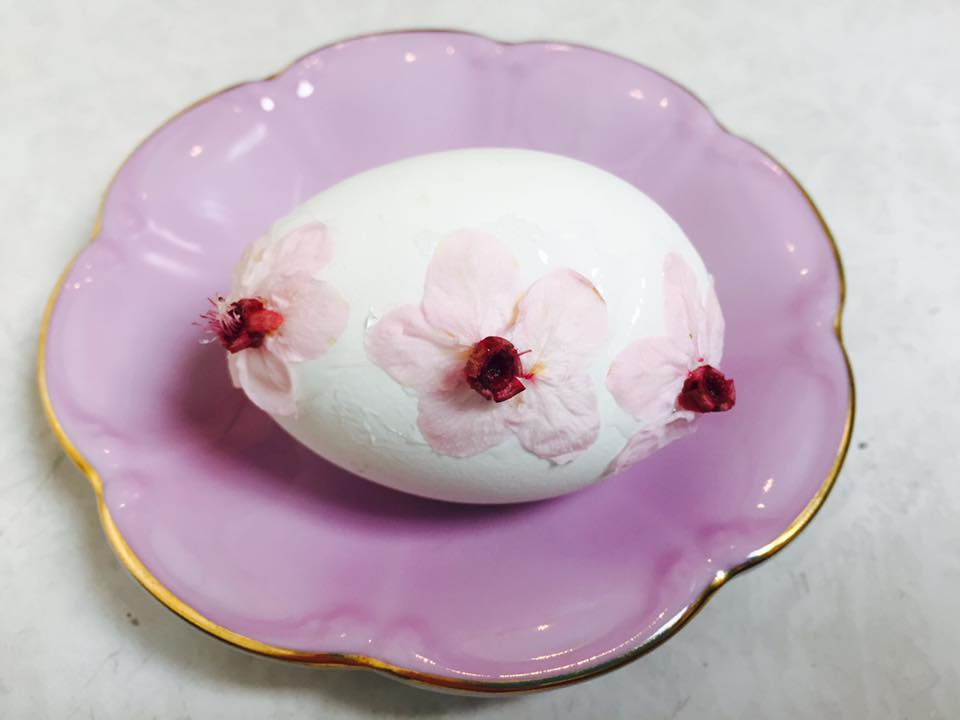Ever since I was a kid I have loved decorating Easter eggs. However, the other day I went to buy some Easter egg dye. As reading the labels of all the food I buy has become a habit, my eyes were instinctively drawn to the fine print on the dye box. There was a label that said many of the ingredients in the dyes presented hazards to young children. That scared me a little bit! I’m not normally a fanatic about buying organic, but that warning label made me think twice. Especially since we eventually wanted to eat the eggs.
I decided to look at other options. I did a little research on the web, spoke with a crafty friend of mine, and then went into my kitchen and started experimenting. After considerable trial and error, and a stroll in the local public garden to secretly pinch a few early spring blooms, I came up with some lovely creations.
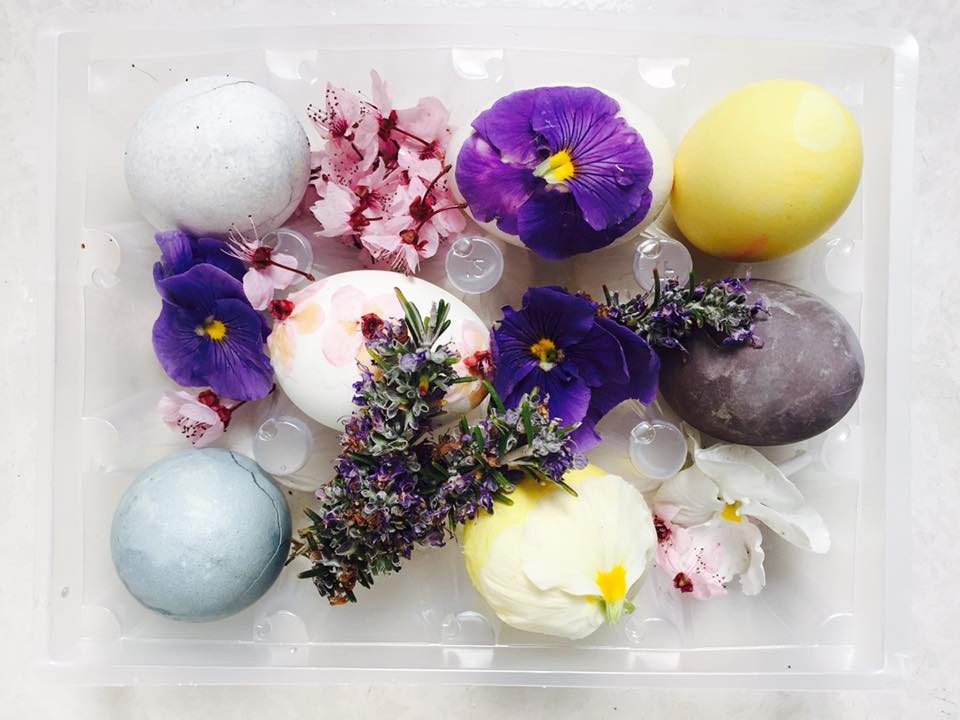
Natural egg dyes
I started by walking into my kitchen, opening up the cabinets and having a look. The first thing I saw was some saffron threads I had purchased almost a year ago- I had bought them with the intention of making a Spanish paella but had never gotten around to it. I knew from art history classes that saffron had been used in ancient times to make paint, so I figured they would work perfectly. I wasn’t sure what to do next so decided to have a glass of wine and think about the situation. As I was pouring my wine I accidentally splashed a bit on my sleeve. Irritated, I looked down at it and tried to remember how to remove red wine stains. Which made me think- if it could stain fabric, it could certainly stain an egg shell! I dropped a hard boiled egg in the glass and went in search of other ingredients.
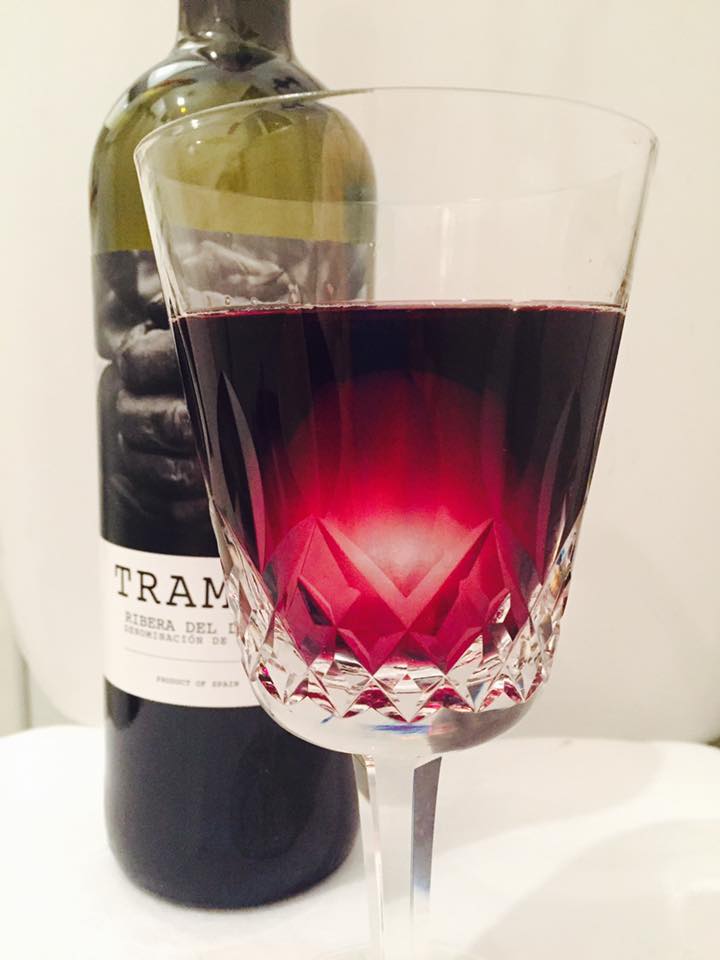
I opened up the refrigerator and found some berries . . . . raspberries and blueberries. I decided I had enough ingredients to start. I took the saffron threads, raspberries and blueberries and put them in (separate) pots. I added two cups of water to each and brought them to boil for about ten minutes. I removed them from the stove and let them cool. Eventually I learned that it is important to let them cool because it intensifies the color of the dyes.
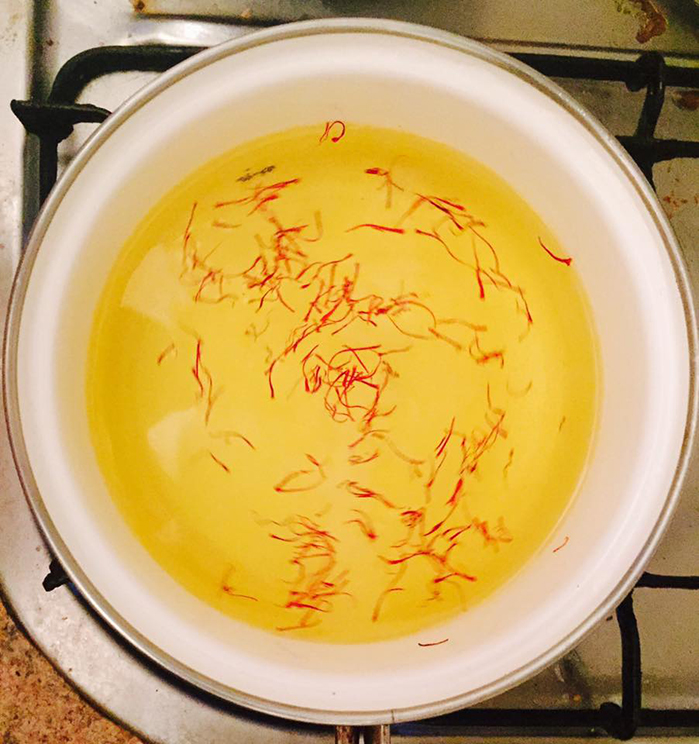
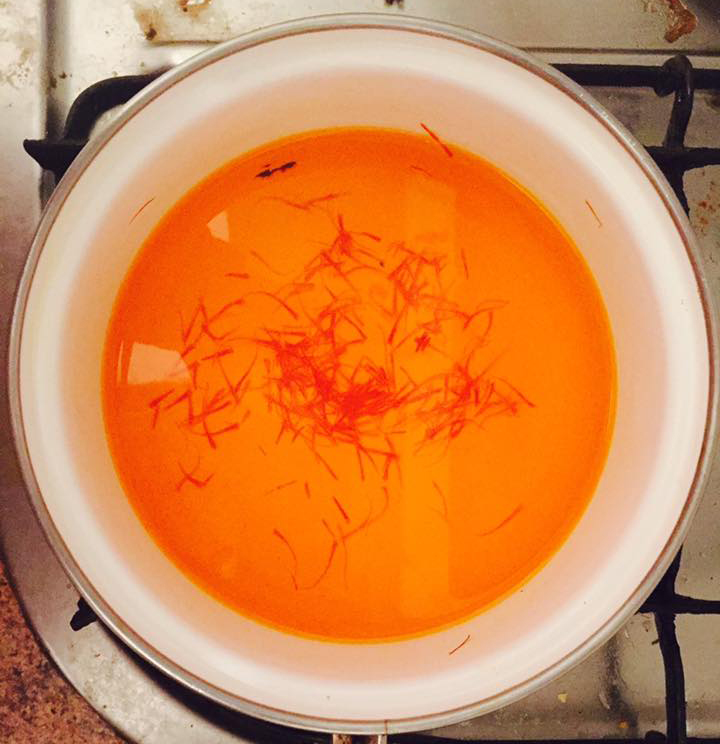
Once cooled, I soaked my hard boiled eggs in the natural dyes. The main difference I saw between the natural dyes and the store bought dyes is that typically, the eggs need to soak a lot longer in the natural dyes. The saffron worked pretty quickly, followed by the blueberry, but the others took longer. The raspberry took the longest- I ultimately lost patience when after two hours the shell had only acquired the faintest pink color. The red wine worked quickly, but the color was a little dark.
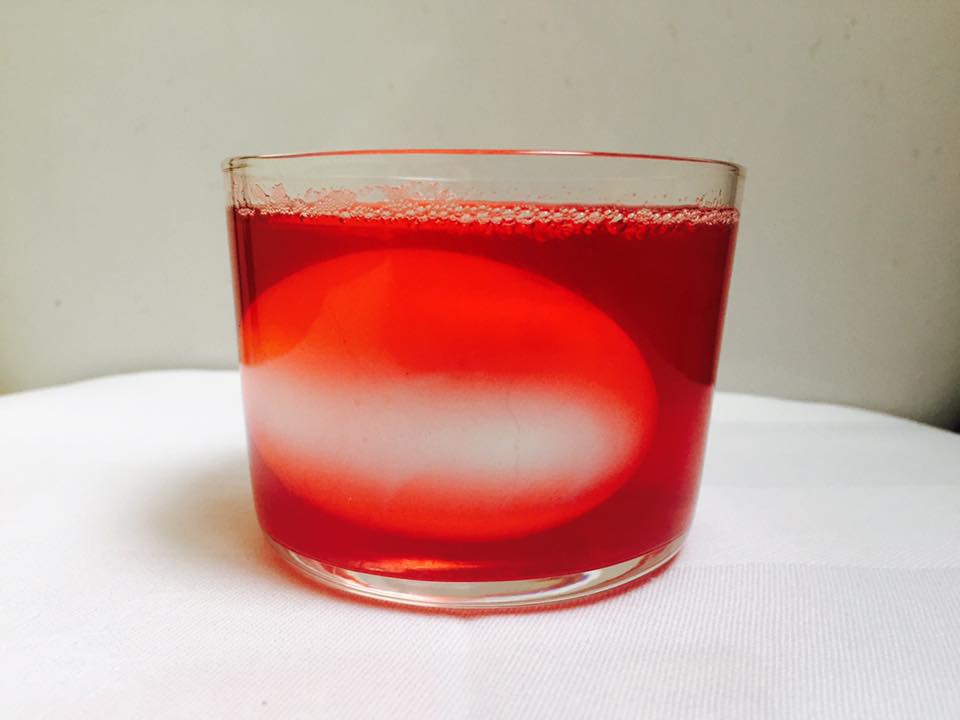
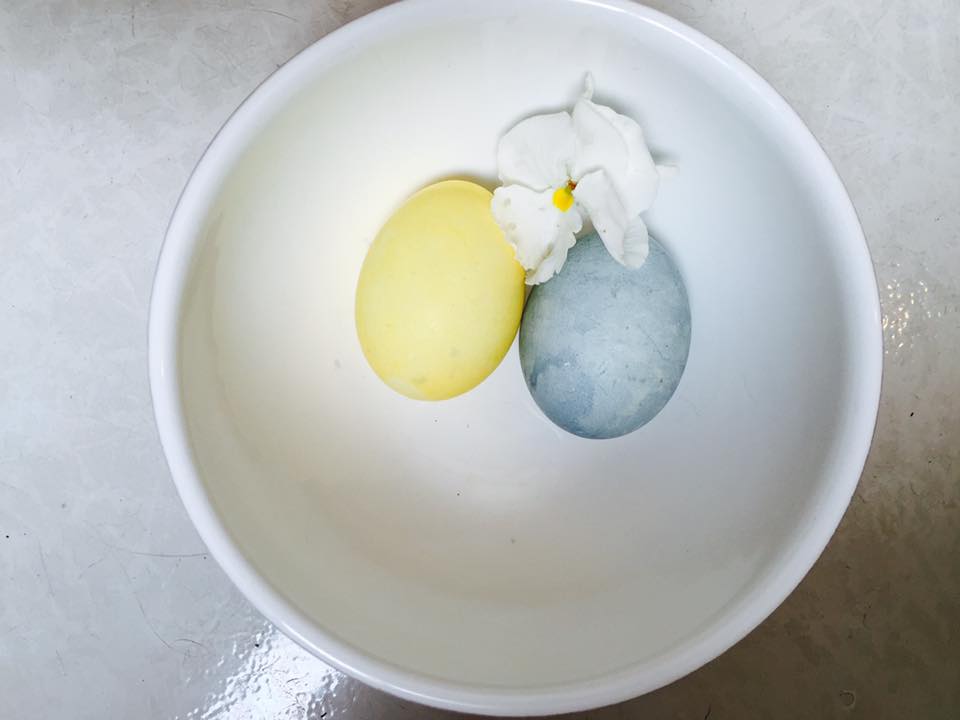
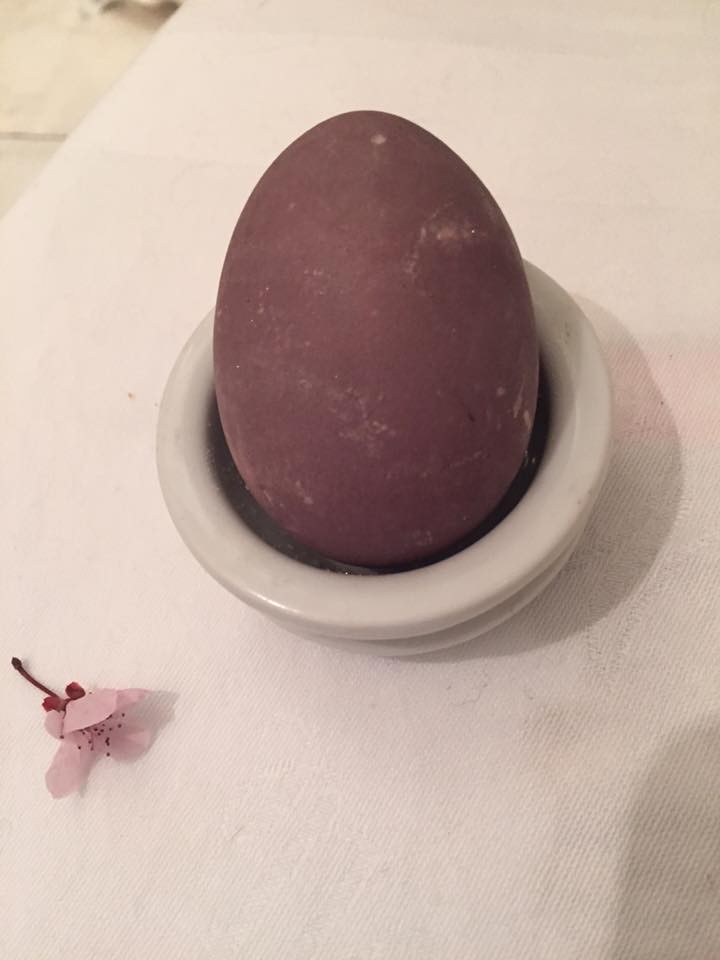
Although I stopped my experiments here, I did a little research on the web for other ingredients that would make good dyes. If you want to try this at home, here’s a list of options you can try:
- Beets- make a lovely pink color although eggs need to soak overnight
- Purple cabbage- another way to dye the eggs blue
- Red onion skins- makes lavender eggs, but you need a lot of onion skins (a whole cup)
- Yellow onion skins- makes orange eggs but you also need a whole cup
- Spinach- makes green eggs
You can add a couple teaspoons of white vinegar to the water and natural ingredients before you start boiling them. It is supposed to make the colors stronger (although I didn’t try it personally).
Pressed flowers
Some of the eggs I lost patience with (like the raspberry one), but I still wanted to be more colorful. I remembered when I was little and my grandma used to decorate cakes with sugared flowers. I thought I could use the same idea for my eggs! So I went in search of spring blooms. I found cherry blossoms and pansies.
It wasn’t that hard to use them to decorate the eggs, but it did take a bit of patience. You have to make sure the eggs and flowers are clean and dry. Carefully remove the petals from the stems. Then, coat the surface you wish to cover with a thin layer of glue. I used clear liquid silicon craft glue that I bought at the dollar store, but I’m also told you can use Elmer’s glue.
Take the petals and, one by one, reassemble on the egg. I found it helpful to use tweezers to pick up the petals and place on the eggs. Carefully (I used the flat part of the tweezers) press the flowers completely into the glue so they will be preserved when the glue dries.
